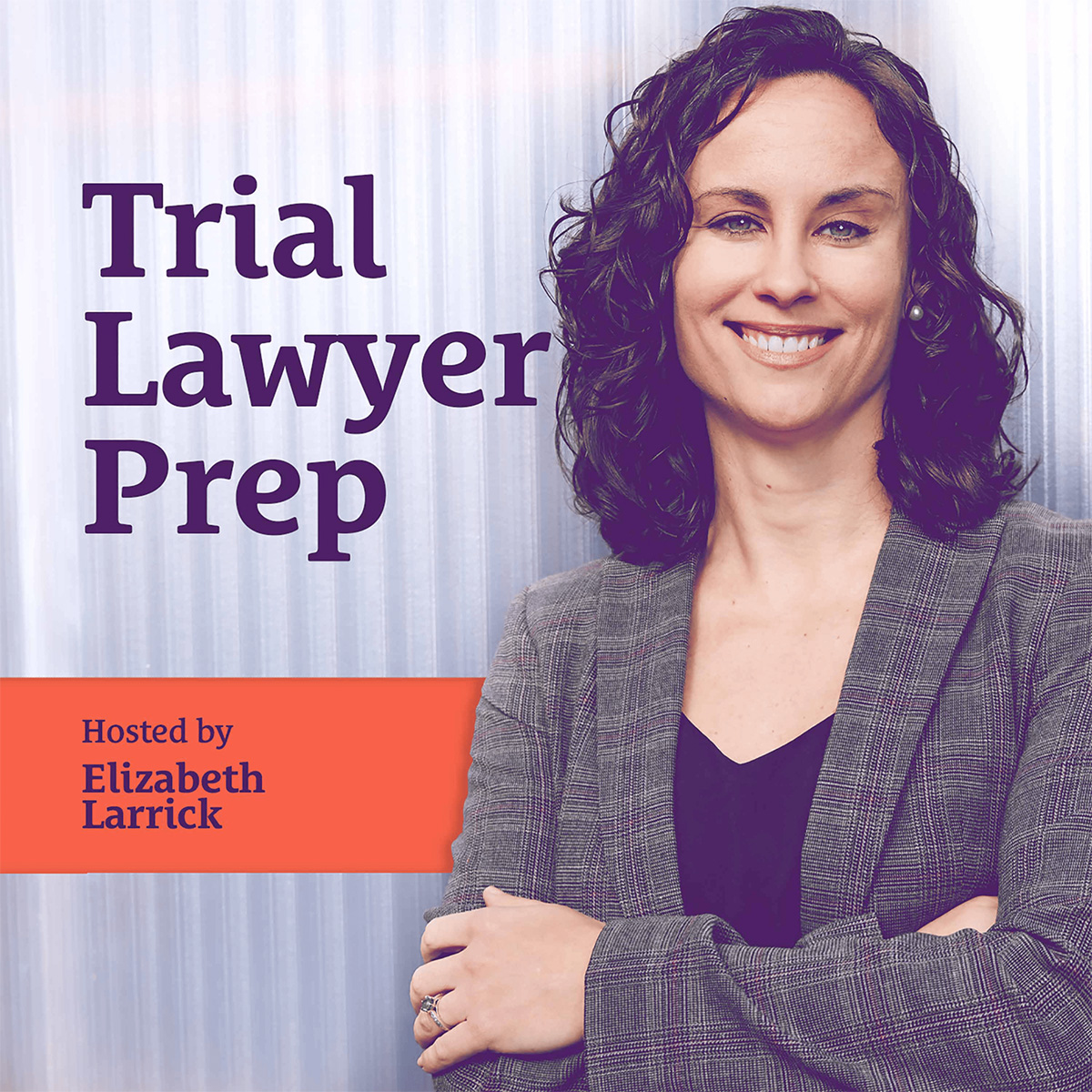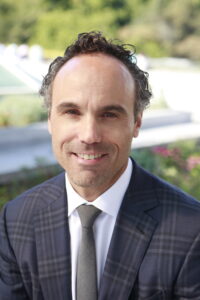Opening Statement Content Creation
Opening statements are one of the best opportunities because we (plaintiff lawyers) go first. The question is how can you take advantage of being first?
In today’s episode, we discuss the ways that lawyers can lose the advantage of being first. Many trial lawyers have this tendency to have long, overly-detailed opening statements that can bore the jurors. Therefore, you don’t want to lose their attention, confuse them, or frustrate them.
We also talk about how to craft a great opening statement. An audience will forgive your delivery if your content is good. But they can’t forgive you if both your content and delivery suck. So you want to make sure you’re able to plan out your content really well to make sure you don’t miss anything,
In this episode, you will hear:
- Ways you can lose the advantage of being first
- The importance of writing your opening statement on paper
- The benefits of typing what you’ve handwritten
- Things to add to your content
- The benefits of running a focus group for your opening statement
- Examples of cases that highlight the power of a great opening statement
Subscribe and Review
Have you subscribed to our podcast? We’d love for you to subscribe if you haven’t yet.
We’d love it even more if you could drop a review or 5-star rating over on Apple Podcasts. Simply select “Ratings and Reviews” and “Write a Review” then a quick line with your favorite part of the episode. It only takes a second and it helps spread the word about the podcast.
Supporting Resources:
Have a topic for a podcast episode? Question for Elizabeth? Email her directly: Elizabeth@larricklawfirm.com
Episode Credits:
If you like this podcast and are thinking of creating your own, consider talking to my producer, Danny Ozment.

